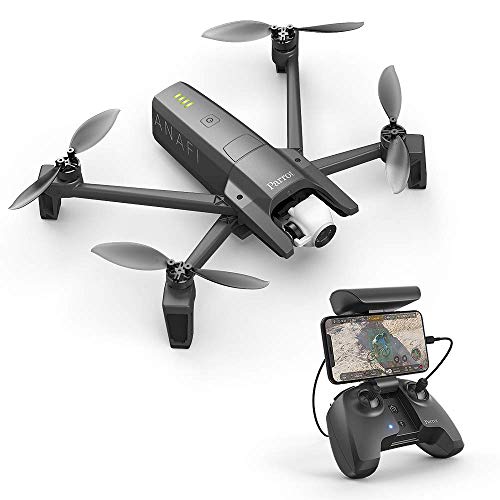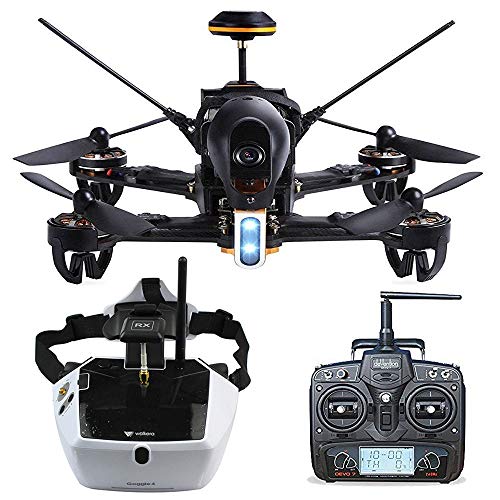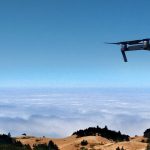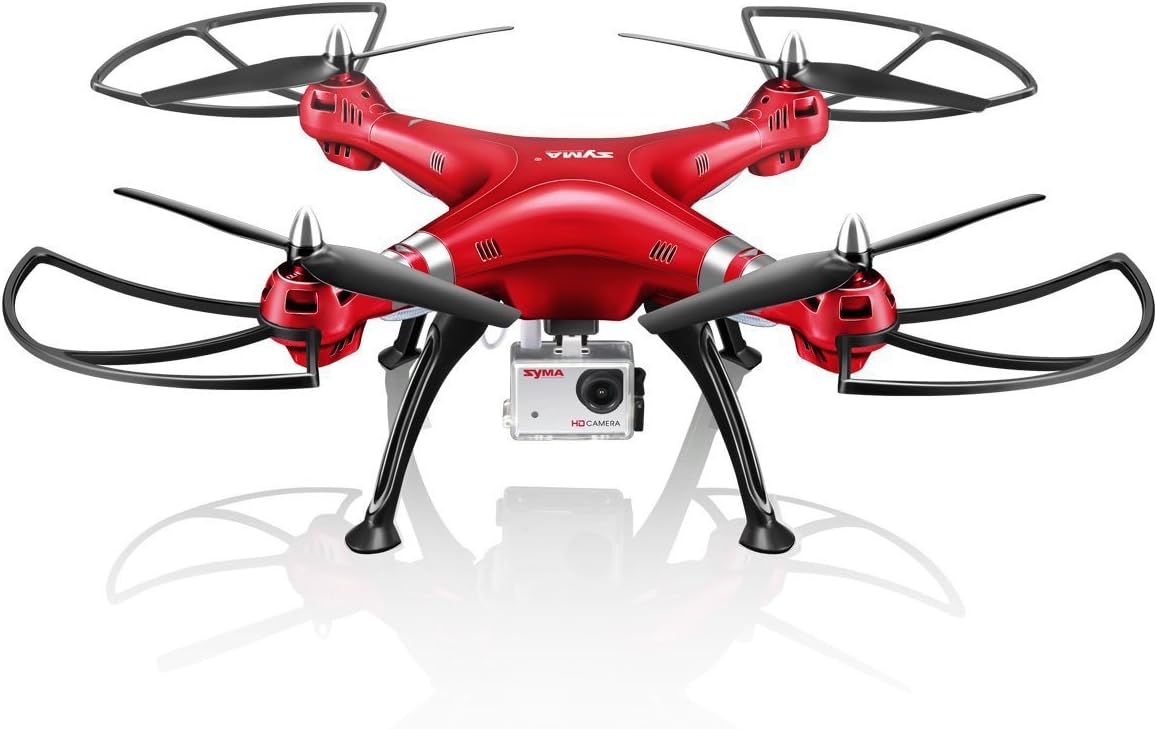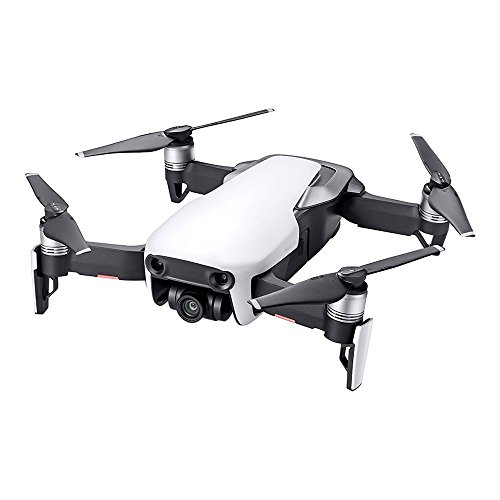Drone Laws in the UK: What You Need to Know
To operate drones in the UK, it's crucial to be familiar with the drone laws outlined by the Civil Aviation Authority (CAA). While bearing some resemblance to the FAA regulations in the United States, the UK has its own set of rules, featuring smaller penalty fees and a streamlined registration process. Adhering to these regulations ensures a smooth experience, and below, I'll highlight some of the critical rules based on the CAA's guidelines.
Register First, Fly Later
The most important rule of all is that you must register your drone and apply for a permit. Because once you have a license, you are now considered a pilot (of drones). CAA’s registration is known for arguably having a very simple registration versus the North American enlisting. As long as your drone weighs between 250g to 20kg, you are obliged to register. If you have a nano drone for indoor purposes (which usually weighs lesser), you don’t need to go through this process.
This also applies to children too, especially age 13 or younger. If the child wants to fly a drone, he/she must ask a parent or guardian to register on behalf of the young pilot.
Most of all, you must pass a flying test before earning the license. This applies to both adult pilots and children.
Once you are registered, you are obliged to pay £9 annually.
Regulations for Recreational, Commercial and Model Drones
Obviously, recreational drones have the lightest regulations as long as the pilot follows the ground rules. Commercial and model hobby drones happen to have added rules when it comes to flying.
Similarly, every drone must fly within 400 feet or 122 m in altitude. Anything higher than that will result in a violation that interferes with restricted British airspace.
Know the General Rules of CAA
As long as you are complying with the following rules of the British authorities, you won’t be in trouble at all. I have put down all of the most important general rules from their website (since their site is honestly hard to navigate):
- A person must not cause or permit any article or animal (whether or not attached to a parachute) to be dropped from a small unmanned aircraft so as to endanger persons or property.
- The remote pilot of a small unmanned aircraft may only fly the aircraft if reasonably satisfied that the flight can safely be made.
- The remote pilot of a small unmanned aircraft must maintain direct, unaided visual contact with the aircraft sufficient to monitor its flight path in relation to other aircraft, persons, vehicles, vessels and structures for the purpose of avoiding collisions.
- The SUA operator must not cause or permit a small unmanned aircraft to be flown for the purposes of commercial operations, and the remote pilot of a small unmanned aircraft must not fly it for the purposes of commercial operations, except in accordance with a permission granted by the CAA.
- No flying within the British aerodrome including government buildings, airports, military bases and EASA-certified areas.
- You must be 2000 feet away from aerodromes
- No flying over police business including criminal investigations, fire fights and patrols
- No flying over groups of people within 30 m
- No flying over stadiums, large events, and concerts
*An SUA operator is also known as the pilot of the drone.
A Notice for Non-UK Pilots
Take note of the following rules if you are not from the United Kingdom and you are using a drone. This was taken directly from the CAA page:
If you are an unmanned aircraft operator from overseas and want to carry out work in the UK, the CAA will normally be able to grant permissions to foreign operators, on the basis that you are able to satisfy the same basic safety requirements that are required for UK based operators.
This will depend on the evidence of ‘remote pilot competency’ that the applicant is able to provide and the location(s) where the flying is to take place. Please note that the approvals/qualifications from other nations are not ‘automatically’ accepted as being valid. In order to fly in the UK, you must be in possession of a valid UK permission if the type of flight that you are conducting requires one. Each application is considered on its own merits, but we will take the details of your own national approval/qualification into account when determining your application and the conditions that are set within the permission.
Once you have met the requirements, please follow the guidance on how to apply and submit your application.
Information should also be supplied about the scope of the operation and where and when it will take place. In the majority of cases, only the ‘standard’ CAA permission is granted. Any aircraft weighing more than 20kg (44 lbs) is subject to a more involved process and is more difficult to approve.
All applications should be made as far in advance as possible
Follow the Rules and You’ll Be Alright
Needless to say, the rules are very basic and anyone with the right mind knows that these are all reasonable. Failure to cooperate or violating any of the rules may charge you with a £1000 fee.
FAQs
Yes, but only annually. You are required to pay £9 every year to keep your license.
It is the same with USA. If your drone weighs less than 250g, you do not need to register to the CAA.
The law remains the same for both British and non-British users, although the fine is greater for foreigners.
Remain at 400 feet or 122m above ground. If you go further than that, the CAA radar can detect your drone and contact you immediately.
Yes, they must. However, the parent or legal guardian will sign the papers on behalf of the child.




